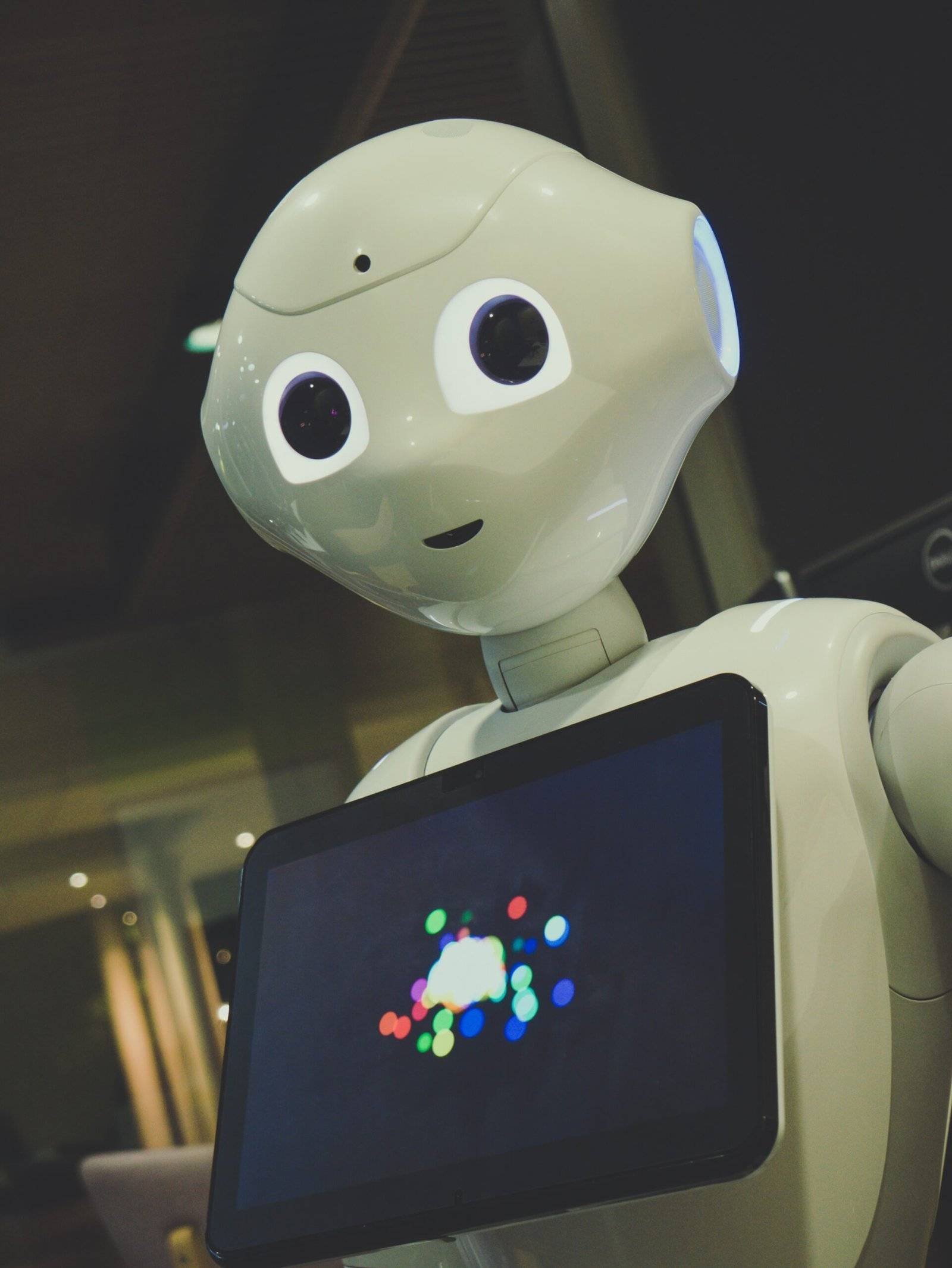Introduction
Artificial Intelligence (AI) has revolutionized various industries and continues to push the boundaries of what machines can accomplish. One of the key techniques driving AI advancements is reinforcement learning. By enabling machines to learn from their actions and make decisions based on feedback, reinforcement learning has proven to be a powerful tool in creating intelligent systems. In this article, we will explore how to effectively use reinforcement learning in AI applications.
Understanding Reinforcement Learning
Reinforcement learning is a type of machine learning where an agent learns to interact with an environment and improve its performance over time by receiving feedback in the form of rewards or penalties. The agent explores the environment, takes actions, and receives feedback based on the outcomes of those actions. Through trial and error, the agent learns to maximize its rewards and minimize penalties, ultimately developing optimal decision-making capabilities.
Key Components of Reinforcement Learning
Reinforcement learning involves several key components:
- Agent: The entity that interacts with the environment and takes actions.
- Environment: The external system or world in which the agent operates.
- State: The current situation or configuration of the environment.
- Action: The decision or choice made by the agent based on the current state.
- Reward: The feedback signal received by the agent after taking an action.
Applications of Reinforcement Learning in AI
Reinforcement learning has been successfully applied to a wide range of AI applications. Here are a few notable examples:
1. Game Playing
Reinforcement learning has been instrumental in advancing AI’s capabilities in playing complex games. For instance, DeepMind’s AlphaGo used reinforcement learning techniques to defeat world champion Go players. By learning from millions of game positions and rewards, AlphaGo developed a strategy that surpassed human expertise.
2. Robotics
Robots can benefit from reinforcement learning to learn complex tasks and adapt to changing environments. By utilizing reinforcement learning algorithms, robots can learn to perform tasks such as grasping objects, navigating through obstacles, and even playing musical instruments.
3. Autonomous Vehicles
Reinforcement learning plays a crucial role in training autonomous vehicles to make decisions on the road. By analyzing various scenarios and their outcomes, autonomous vehicles can learn to navigate traffic, follow traffic rules, and respond to unexpected situations.
4. Healthcare
In the healthcare domain, reinforcement learning can be used to optimize treatment plans and personalize patient care. By analyzing patient data and treatment outcomes, AI systems can learn to make informed decisions about the most effective treatments for specific conditions.
Best Practices for Implementing Reinforcement Learning
When implementing reinforcement learning in AI applications, it is important to follow some best practices:
1. Define Clear Goals
Clearly define the goals and objectives of the AI system. By specifying what the system should achieve, you can design appropriate rewards and penalties that guide the learning process.
2. Balance Exploration and Exploitation
Reinforcement learning involves a trade-off between exploration (trying new actions) and exploitation (choosing actions based on current knowledge). Striking the right balance is crucial to ensure optimal learning and performance.
3. Choose Suitable Algorithms
Selecting the right reinforcement learning algorithms is vital for success. Different algorithms, such as Q-learning and Deep Q-Networks, have different strengths and weaknesses. Consider the specific requirements of your application and choose the algorithm accordingly.
4. Provide Sufficient Training Data
Reinforcement learning requires a significant amount of training data. Ensure that your AI system has access to relevant and diverse data to learn effectively. Simulations and virtual environments can also be used to generate additional training data.
5. Continuously Monitor and Update
Monitor the performance of your AI system and continuously update it as new data becomes available. Reinforcement learning is an iterative process, and regular updates are crucial for maintaining optimal performance.
Conclusion
Reinforcement learning is a powerful technique that enables machines to learn from their actions and make decisions based on feedback. By understanding the key components of reinforcement learning and following best practices for implementation, AI applications can benefit from improved decision-making capabilities. Whether it’s game playing, robotics, autonomous vehicles, or healthcare, reinforcement learning has the potential to drive significant advancements in various industries, making AI systems more intelligent and adaptable.






